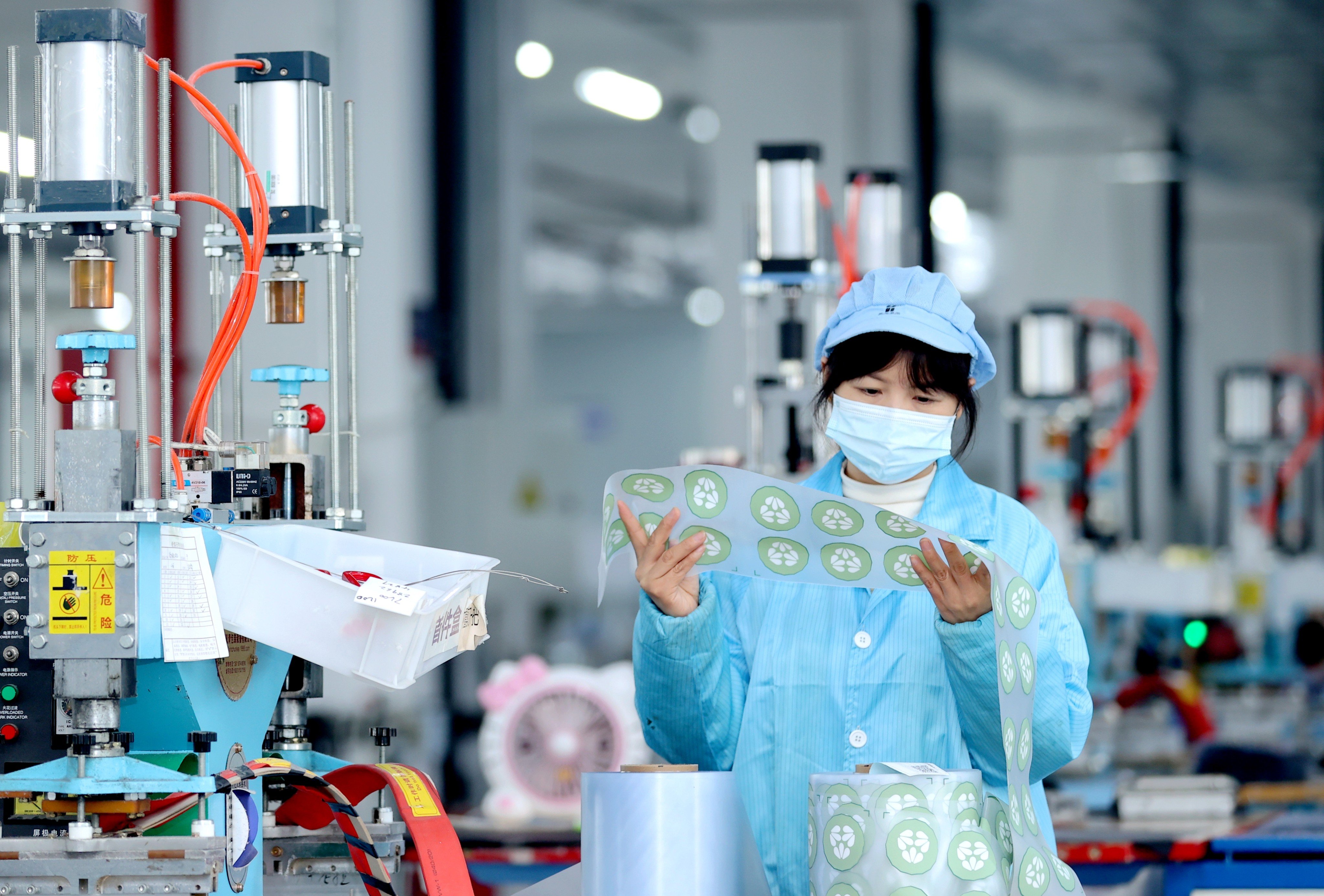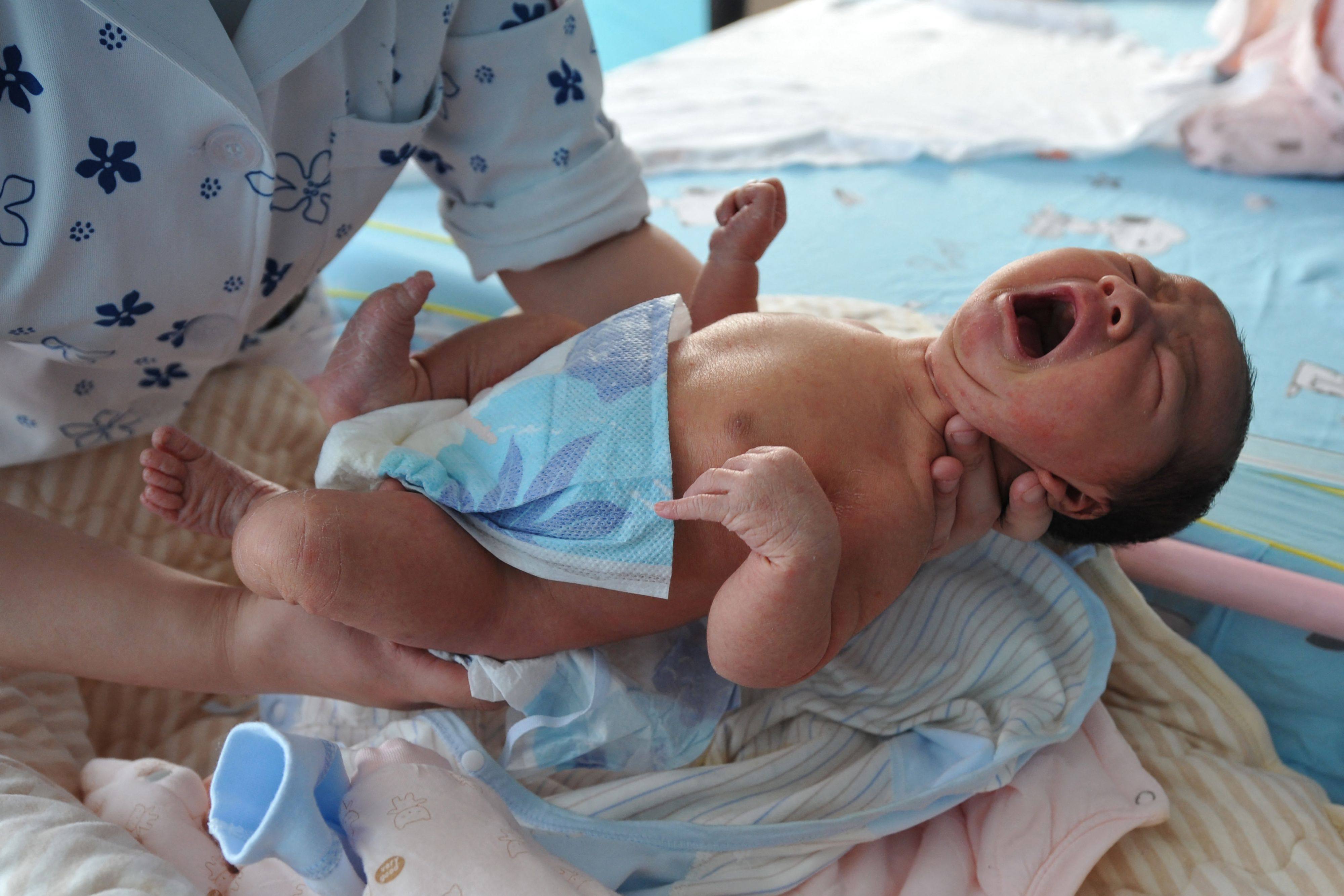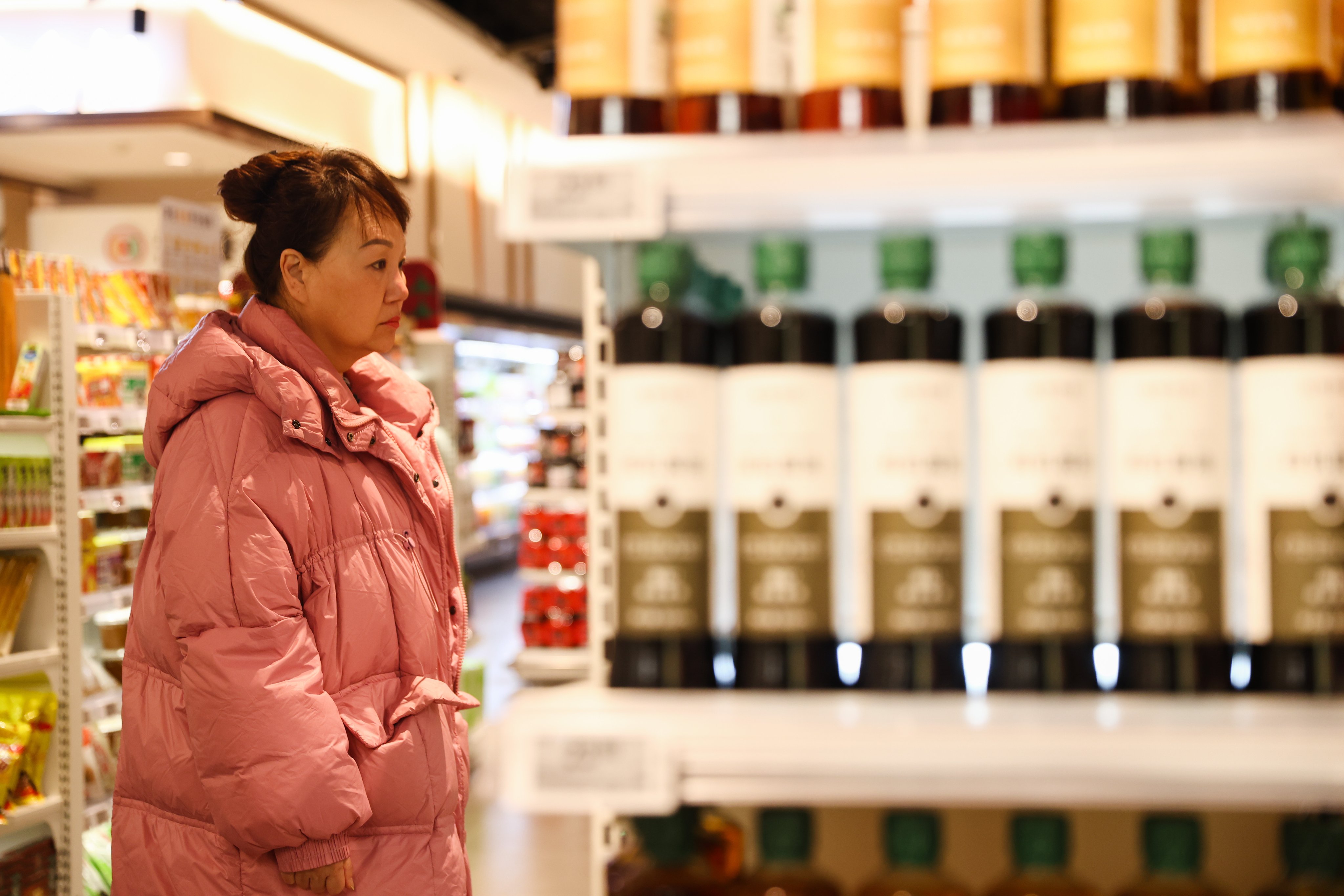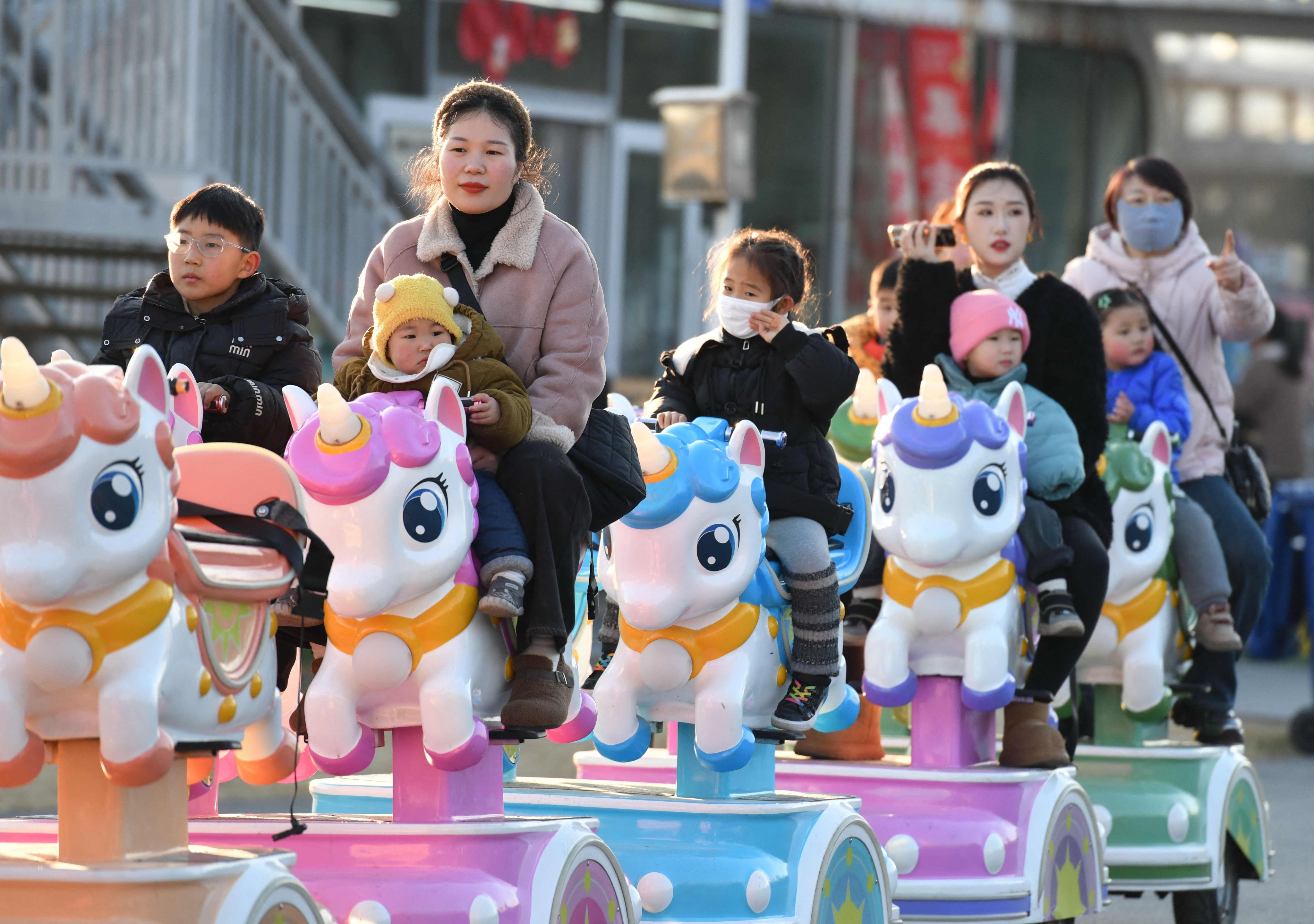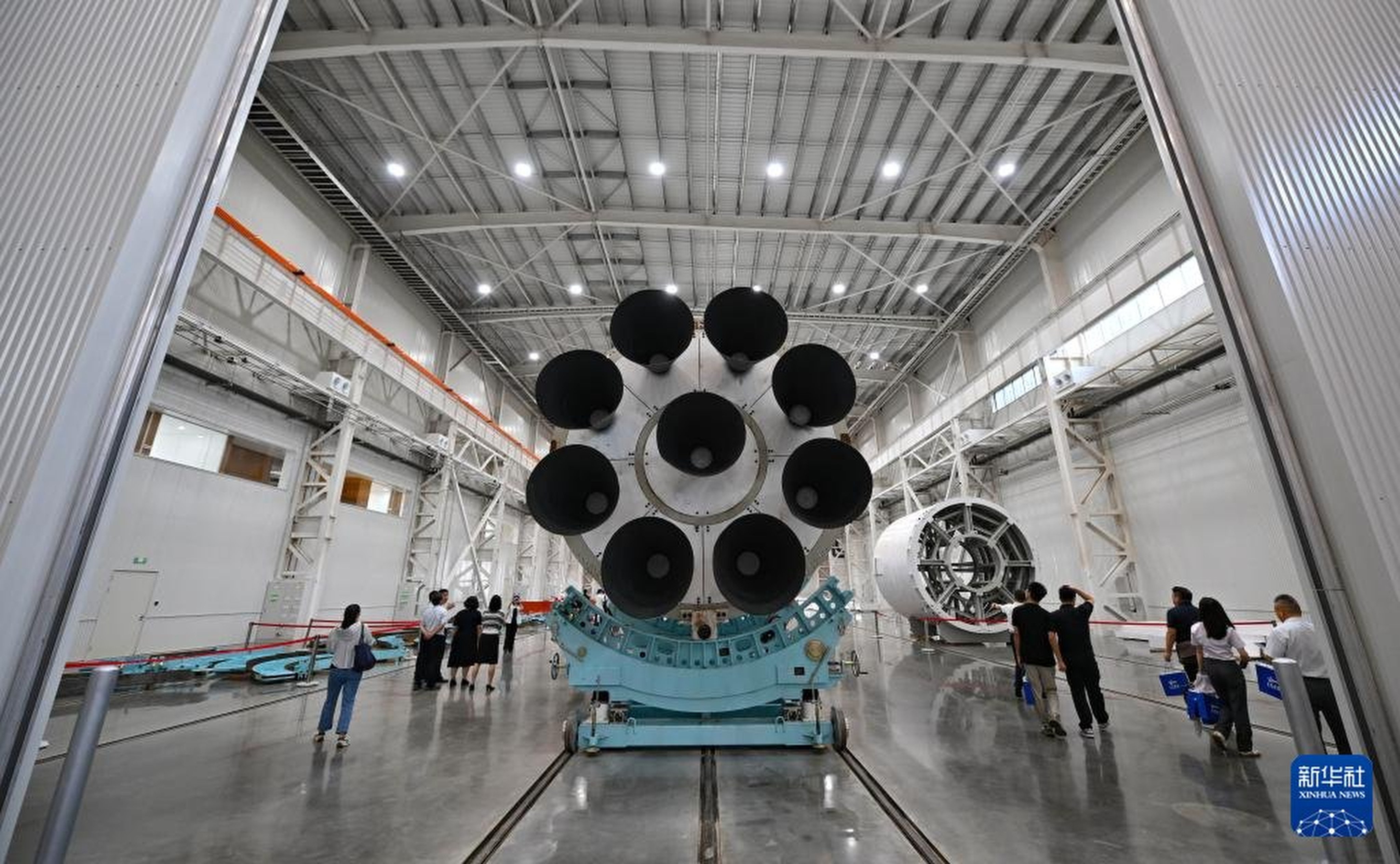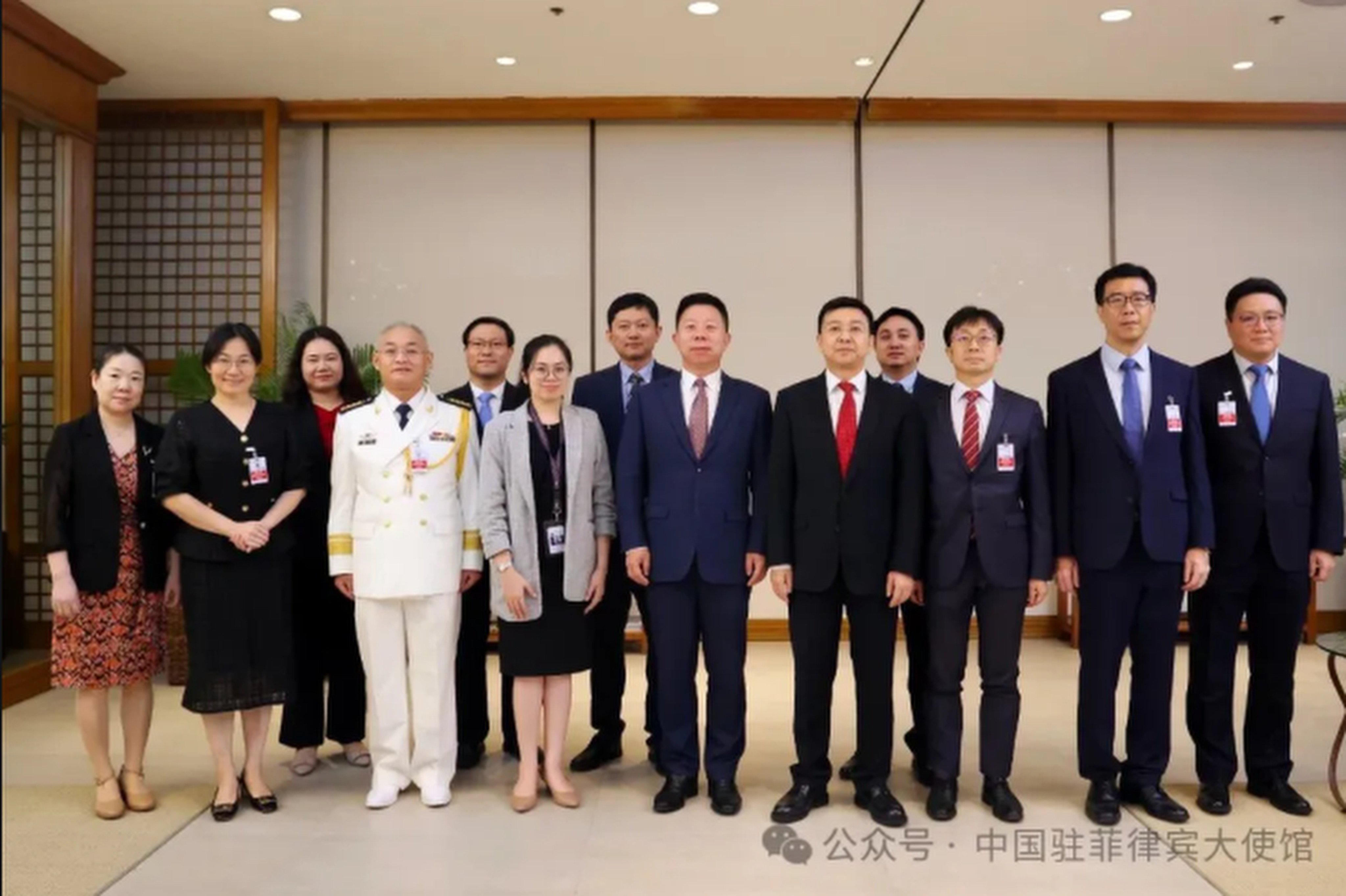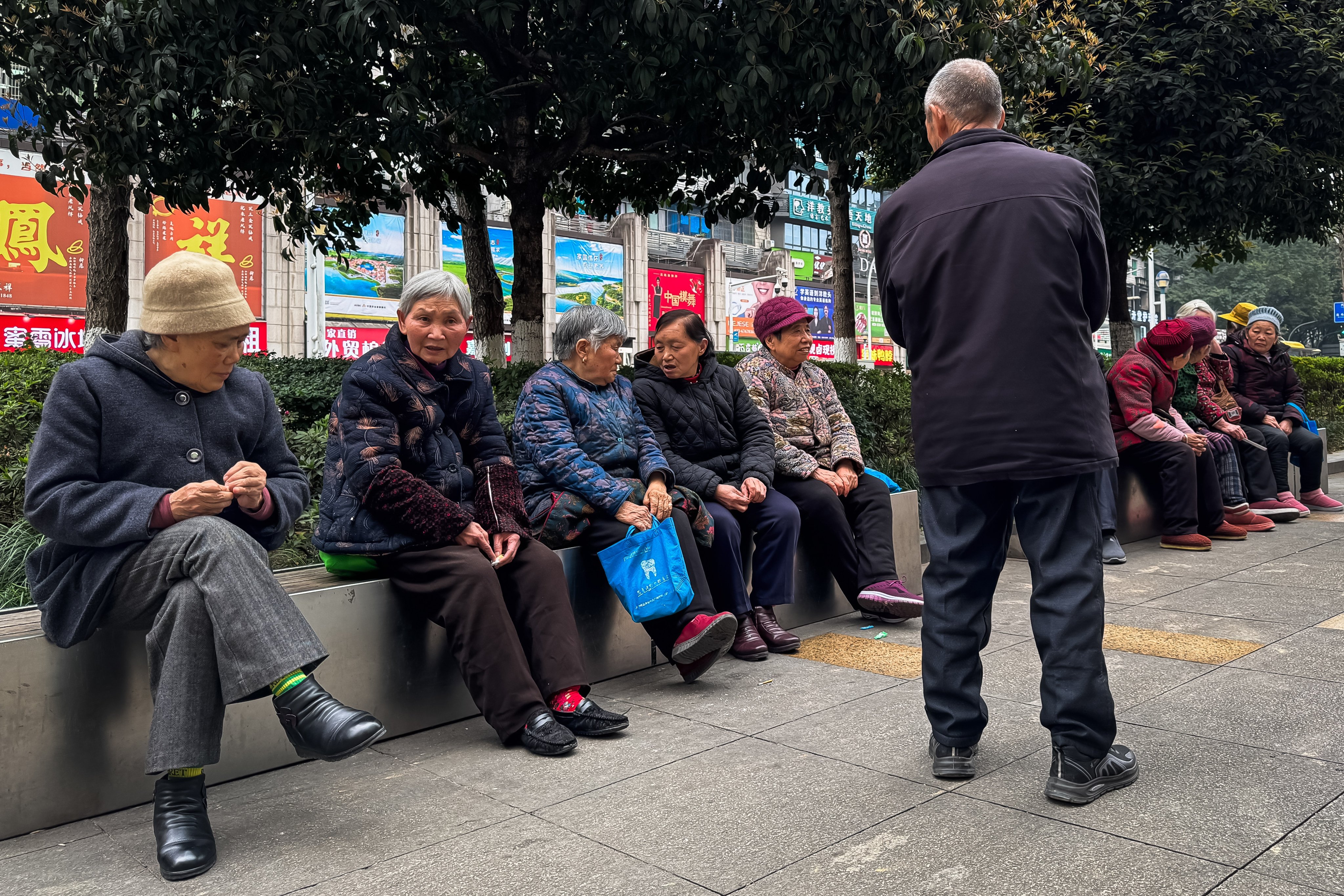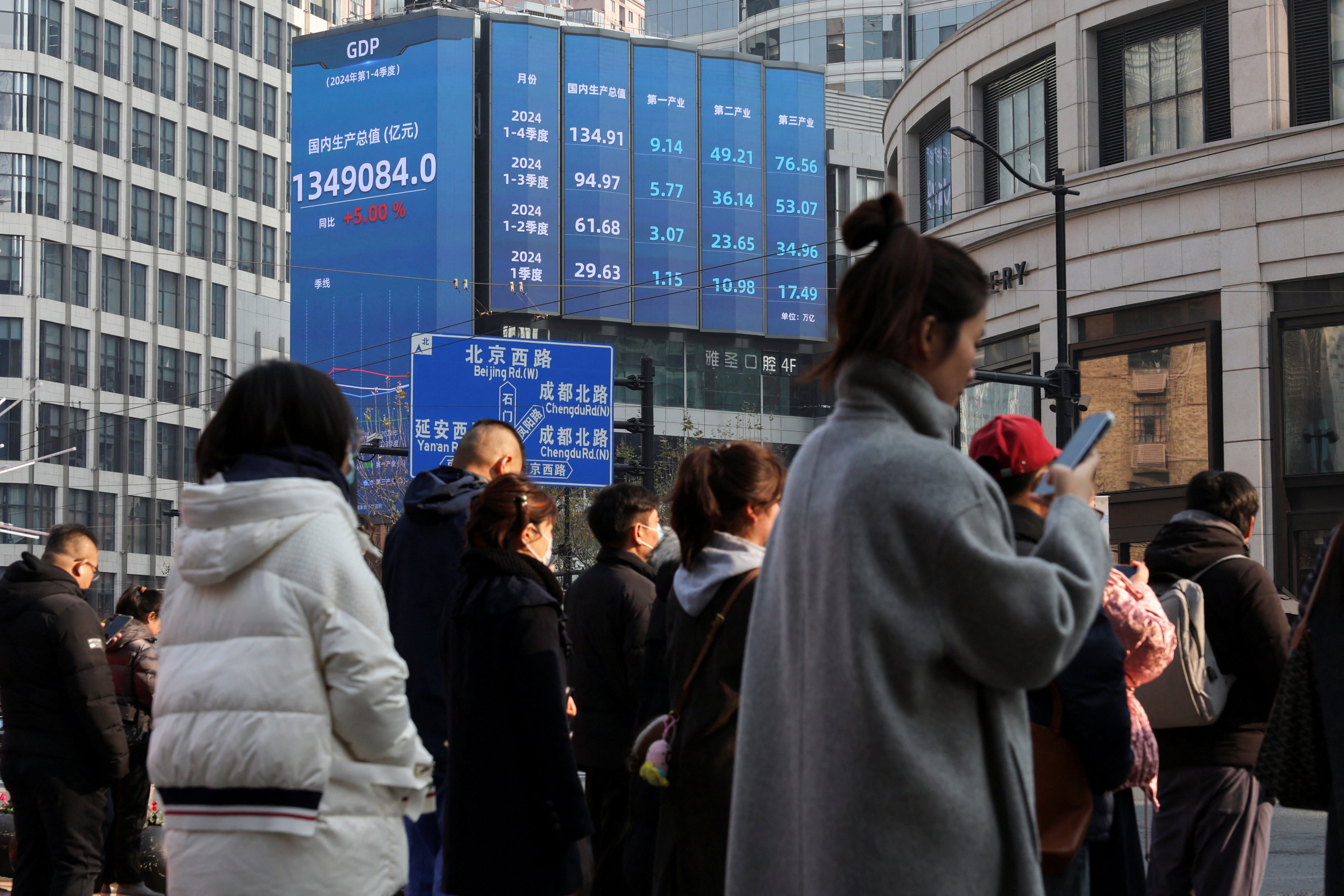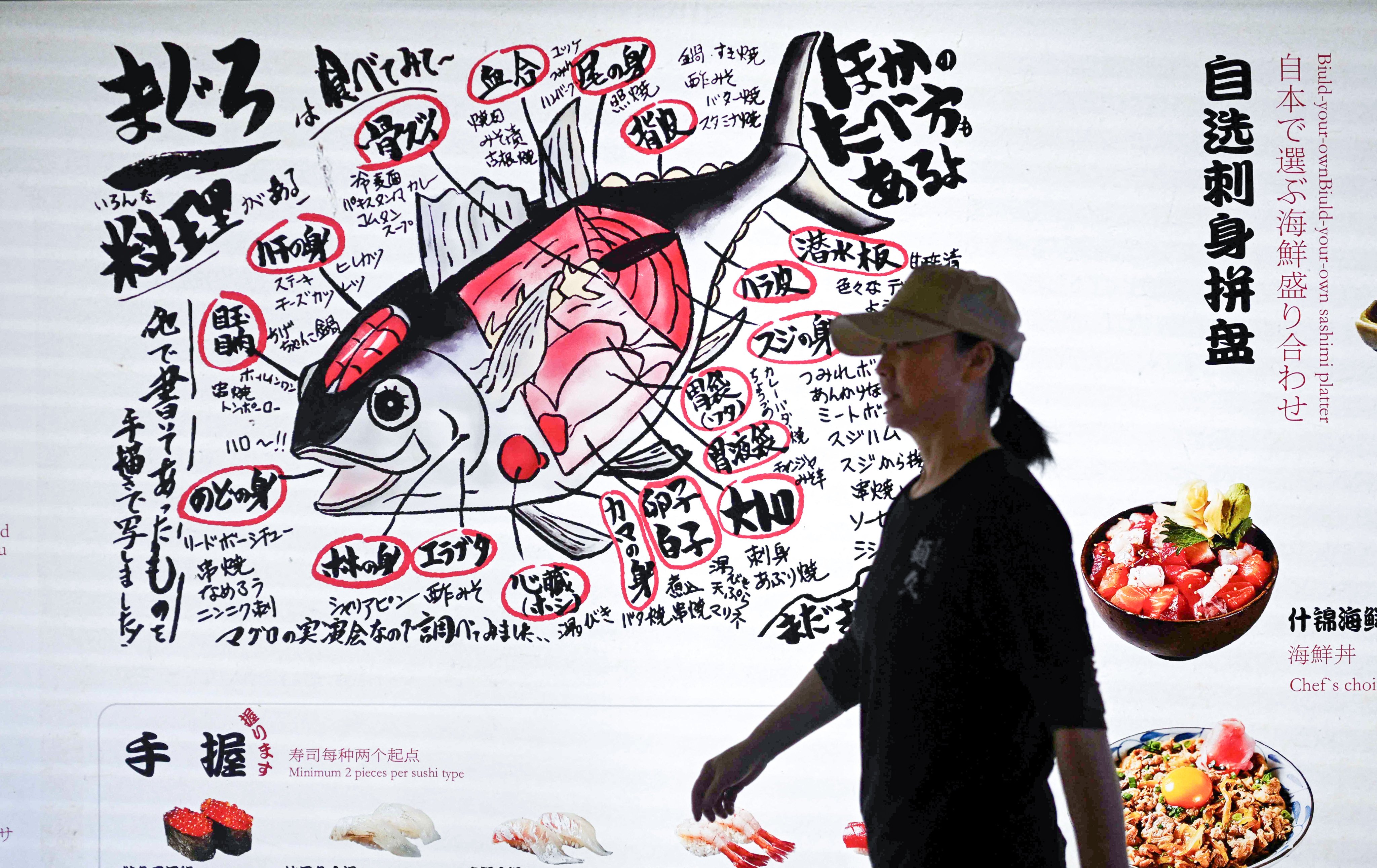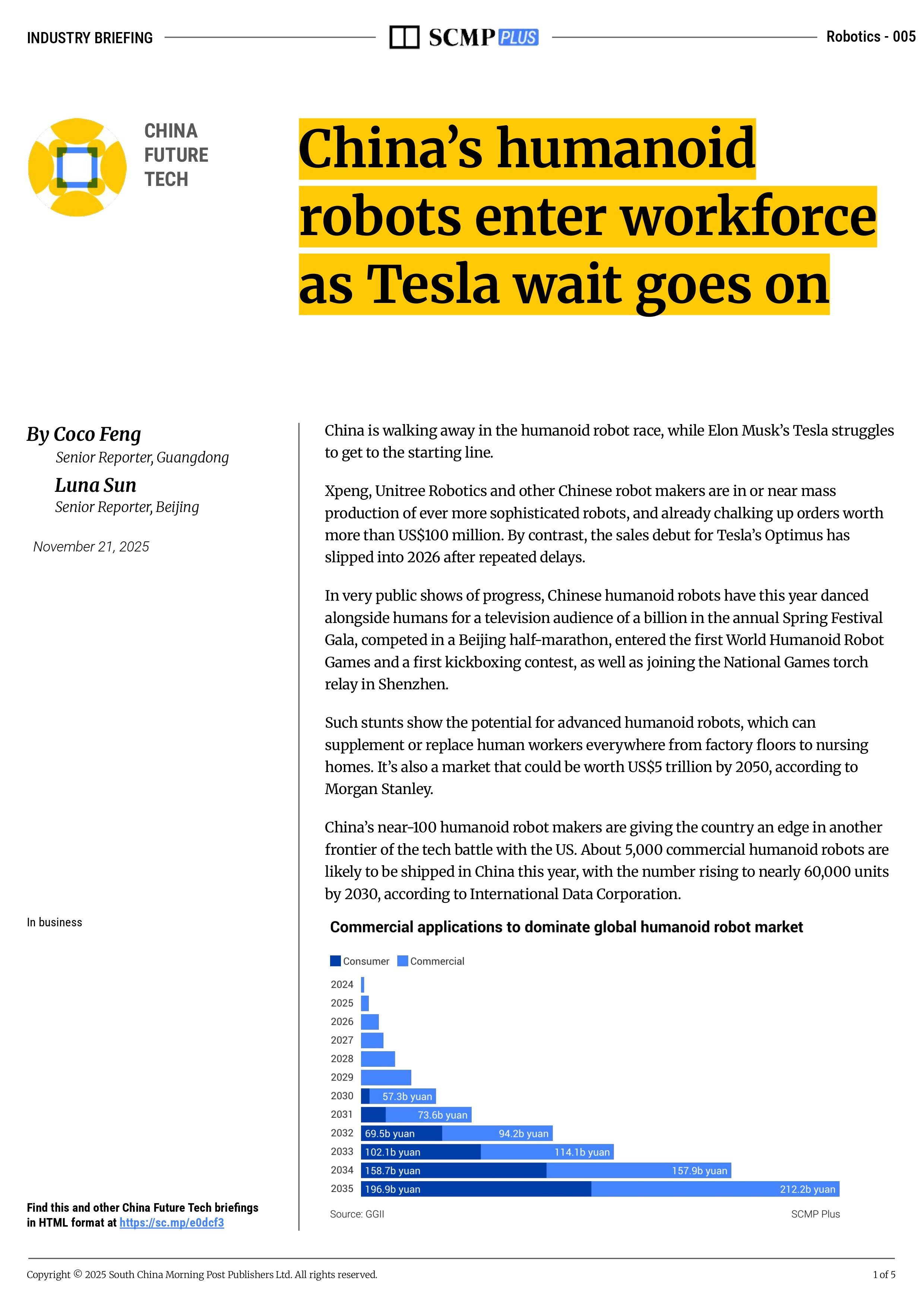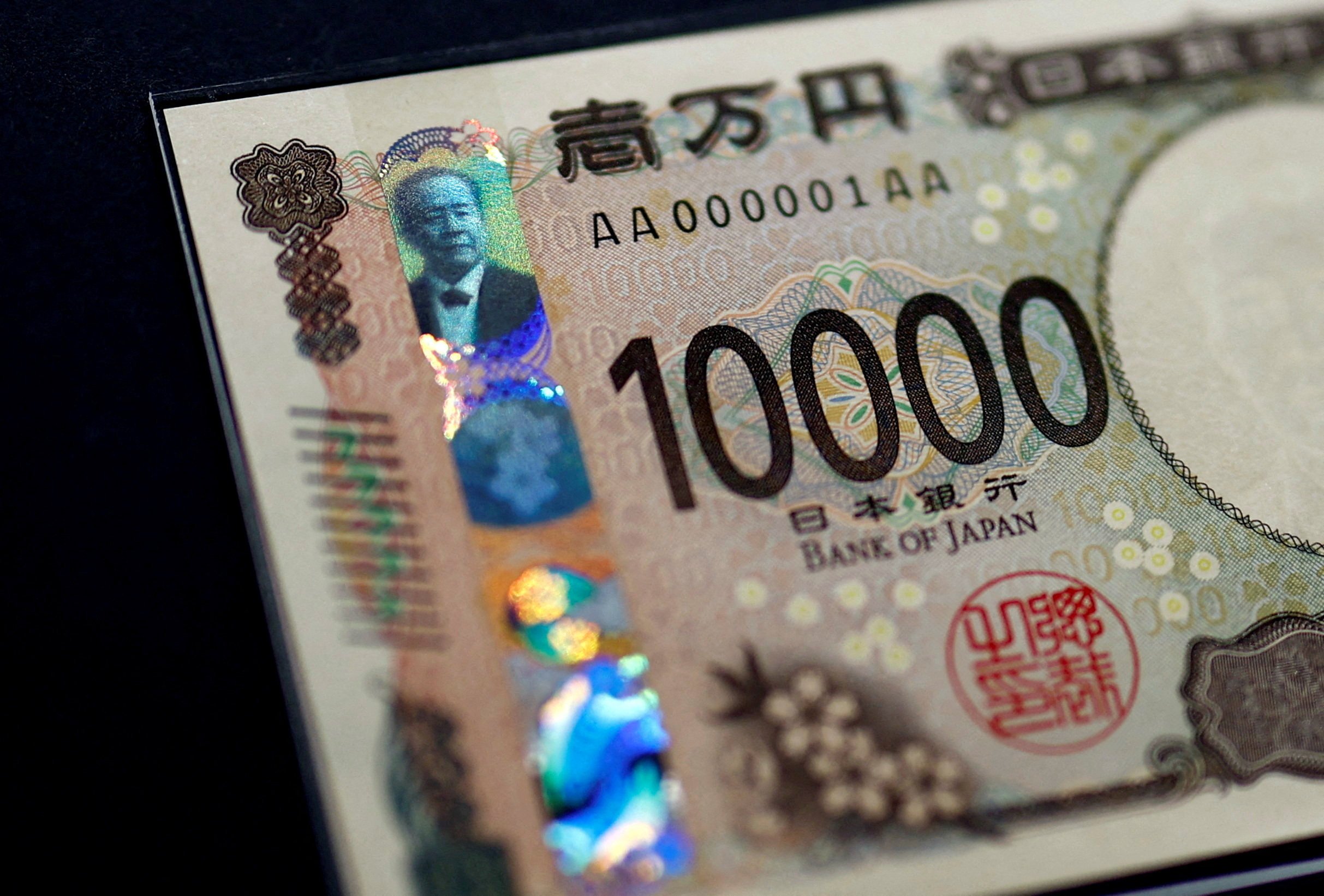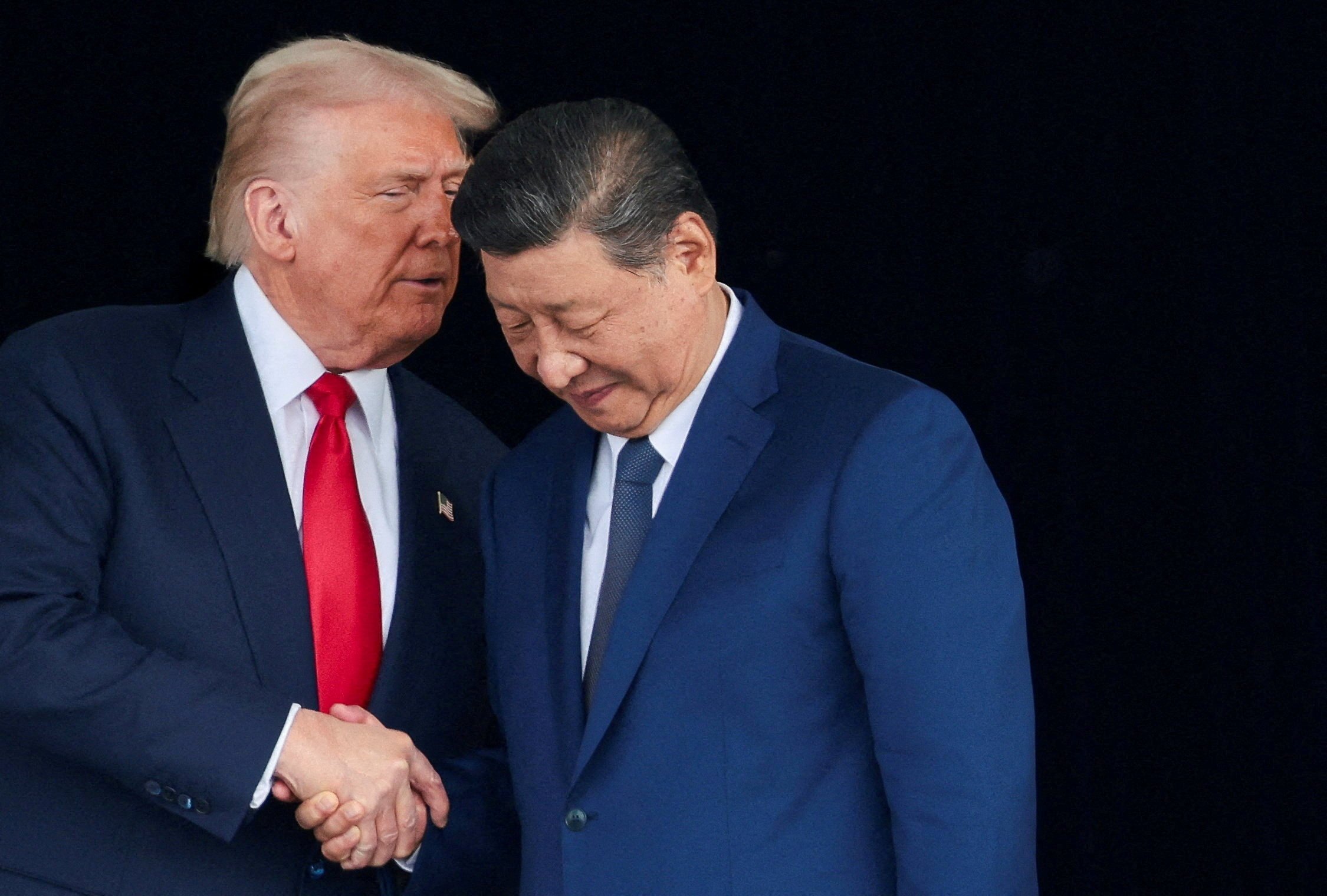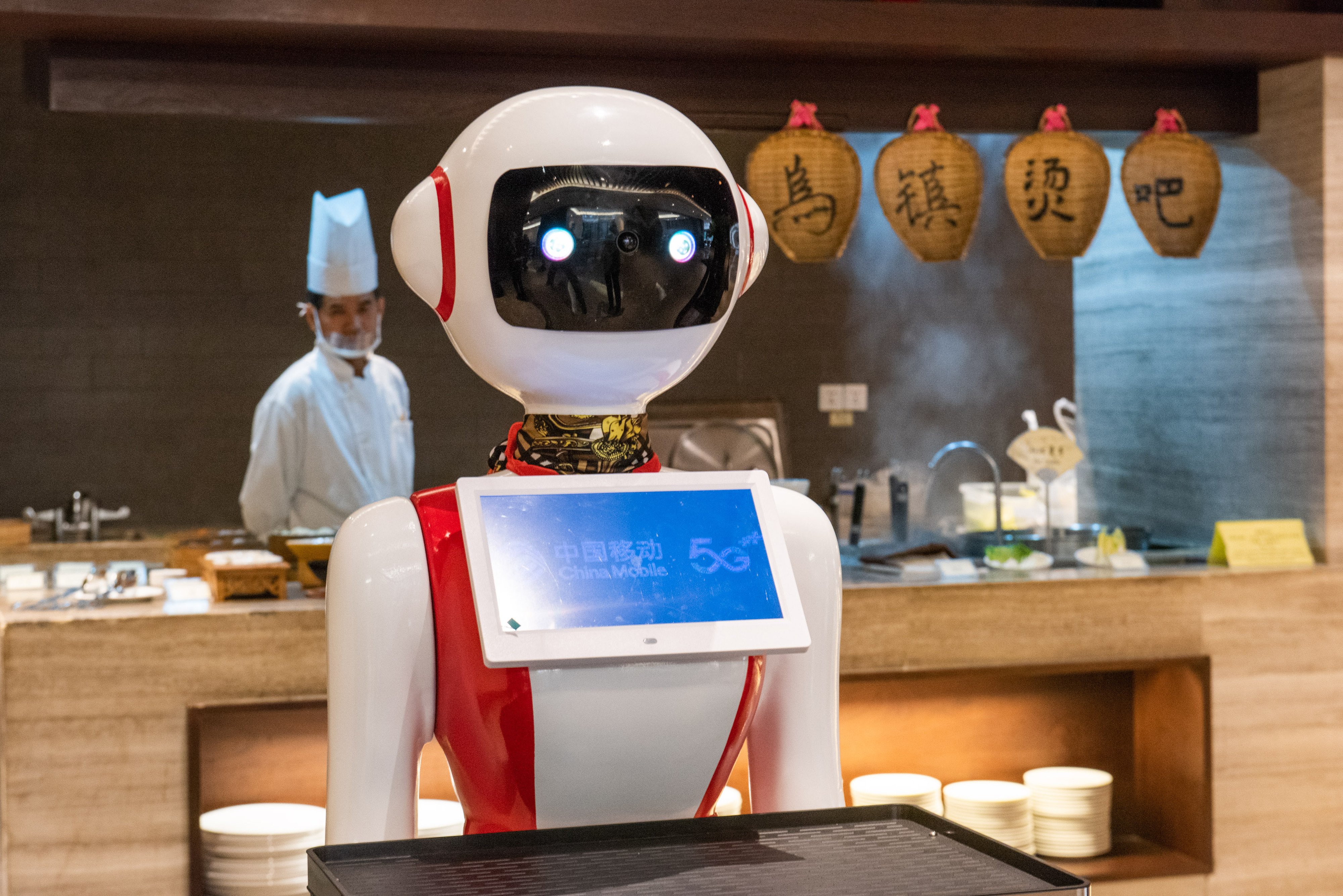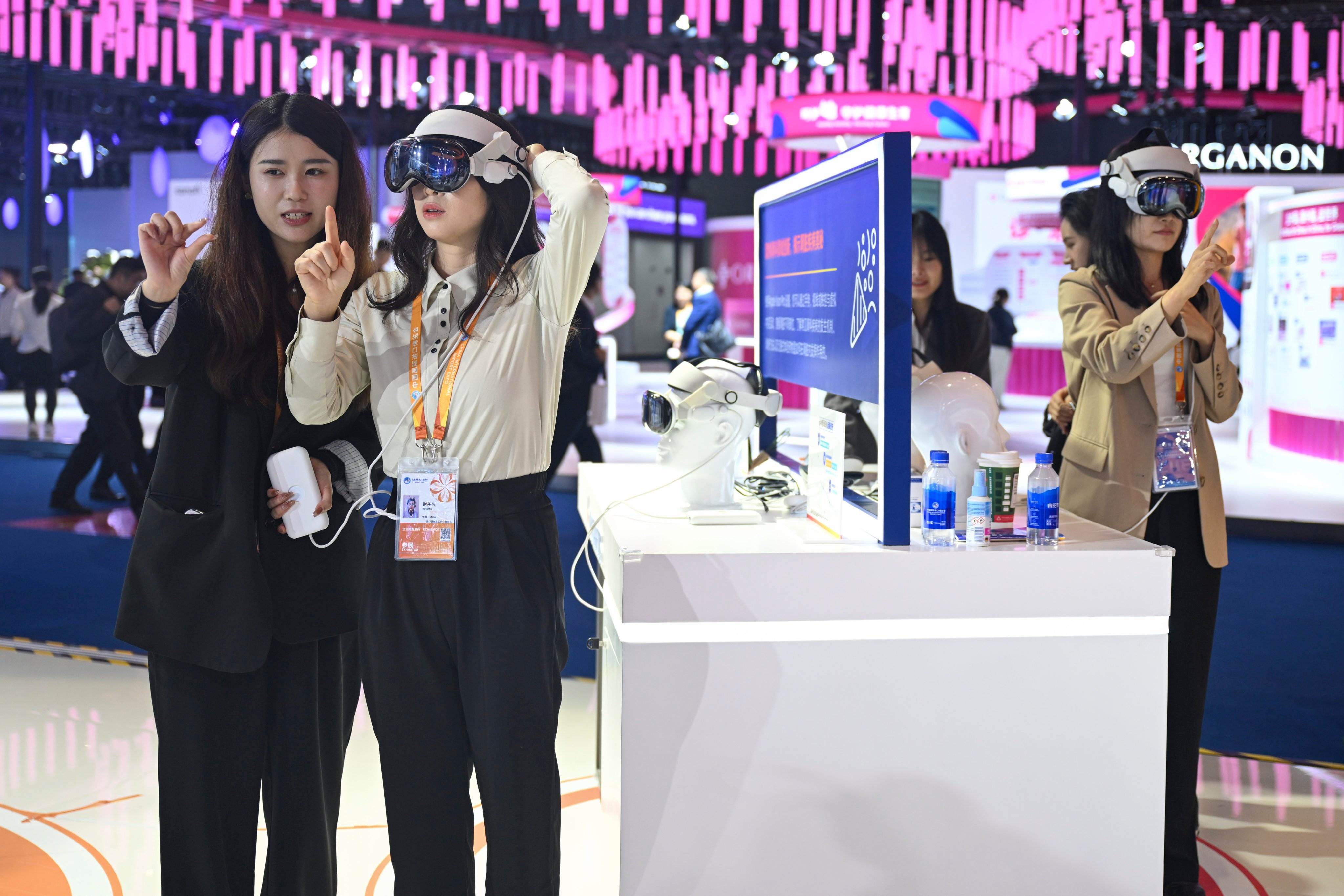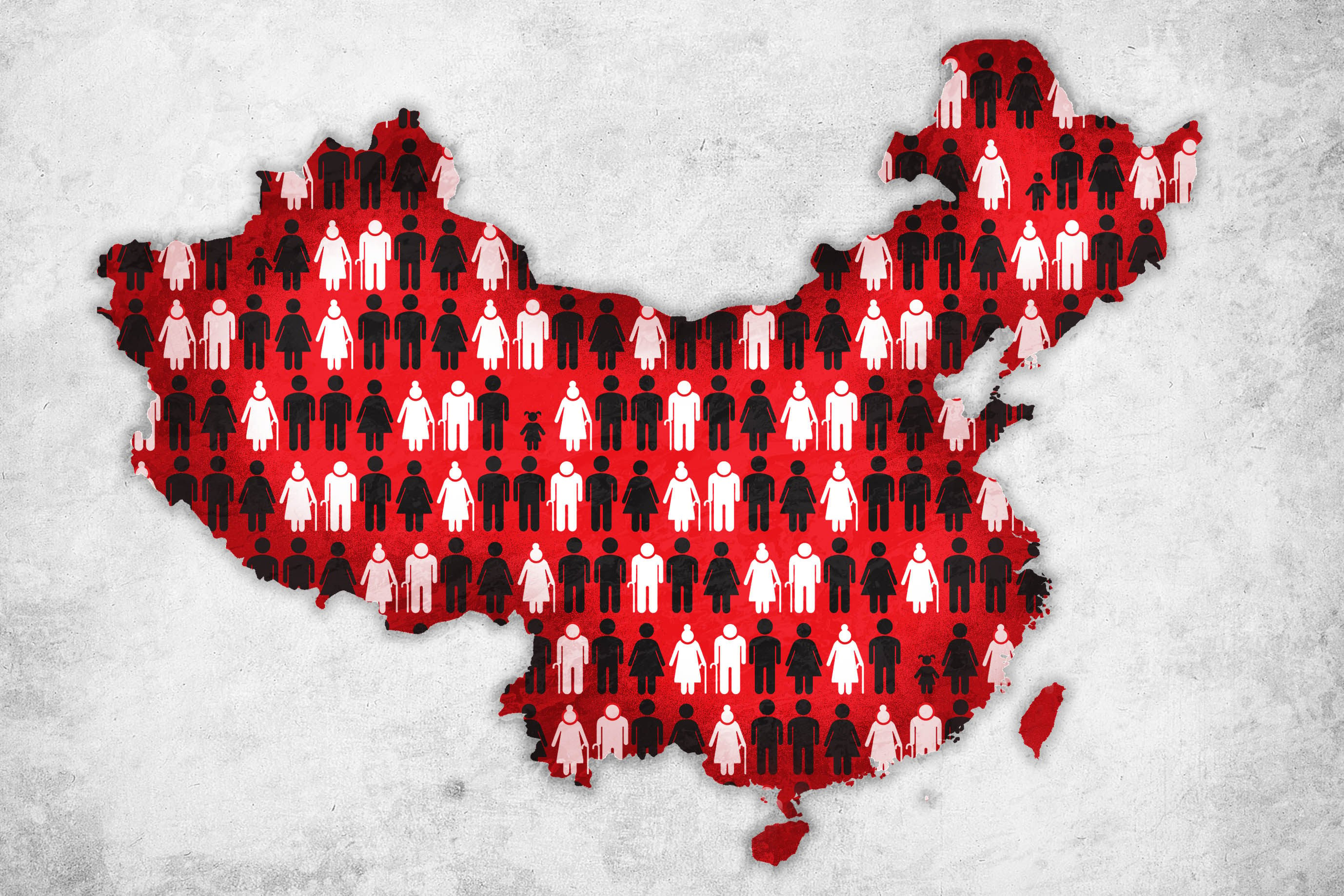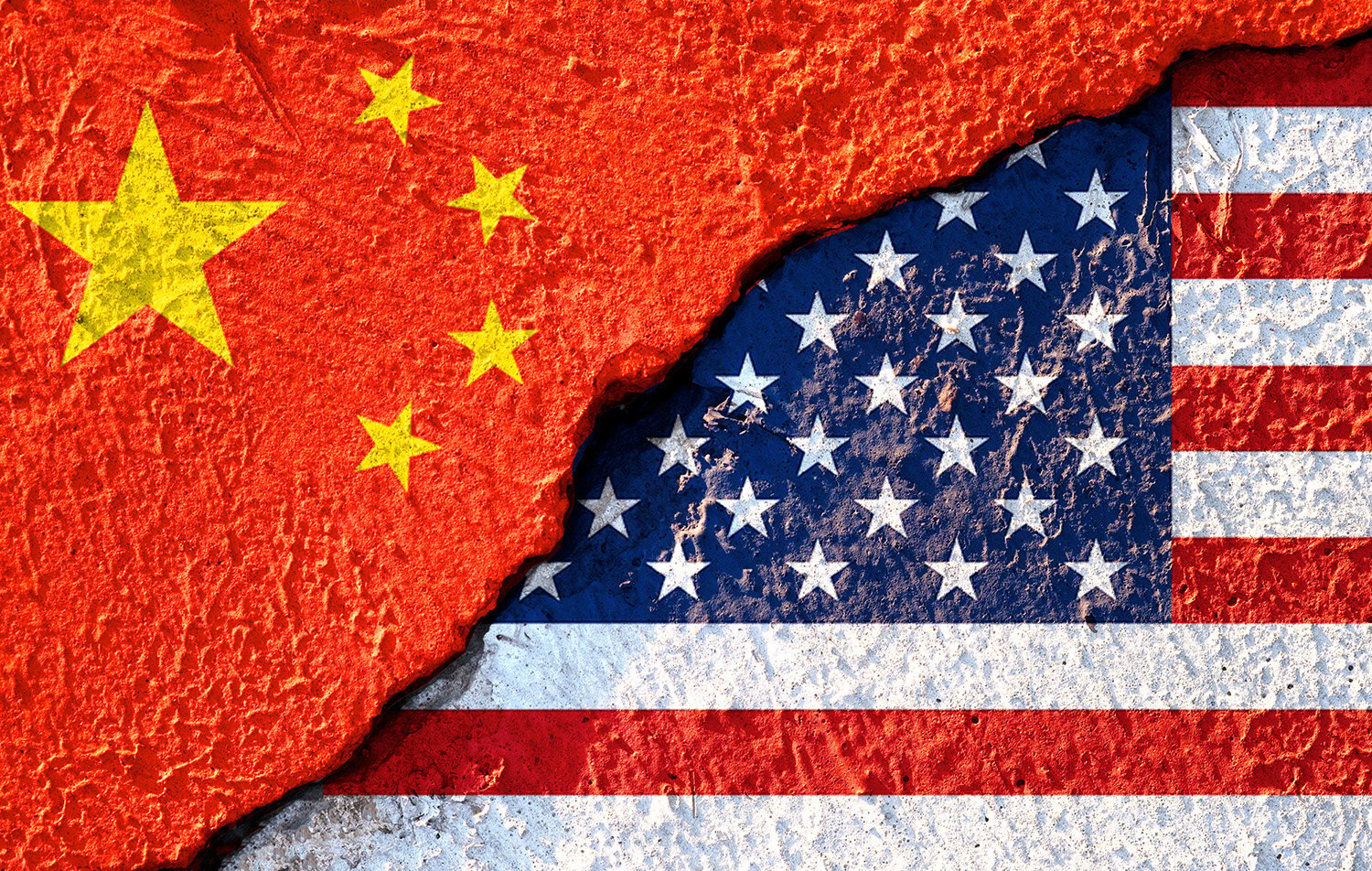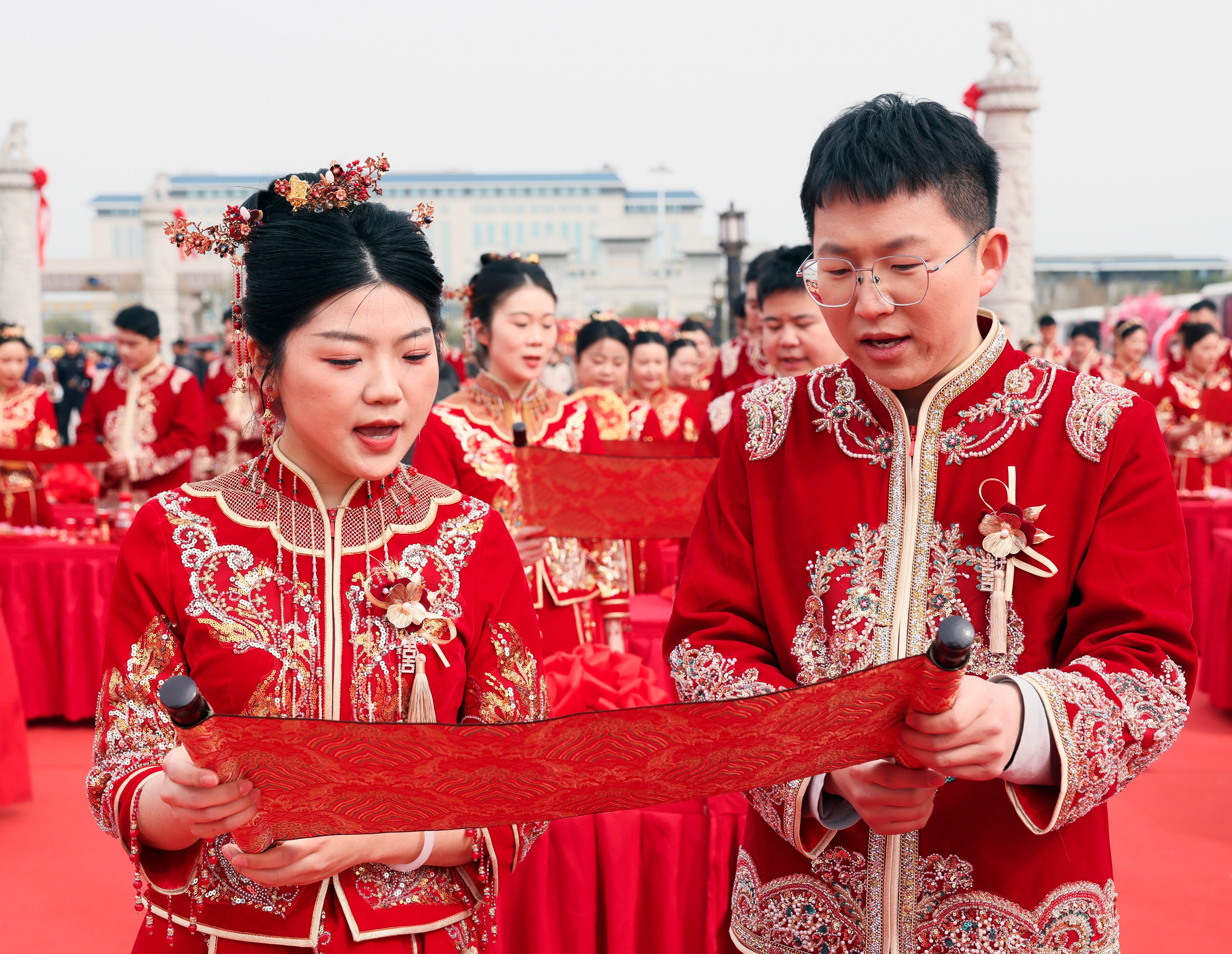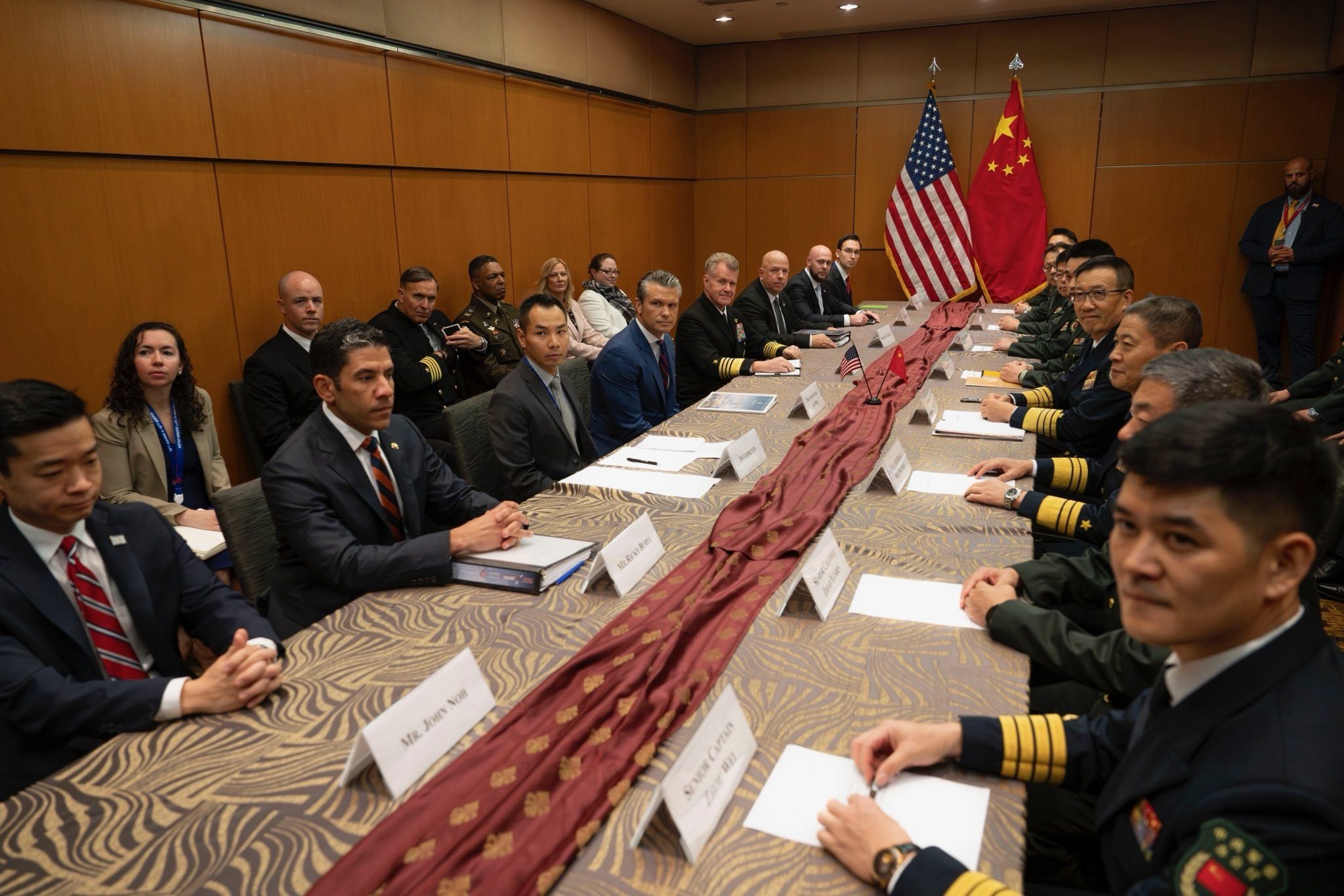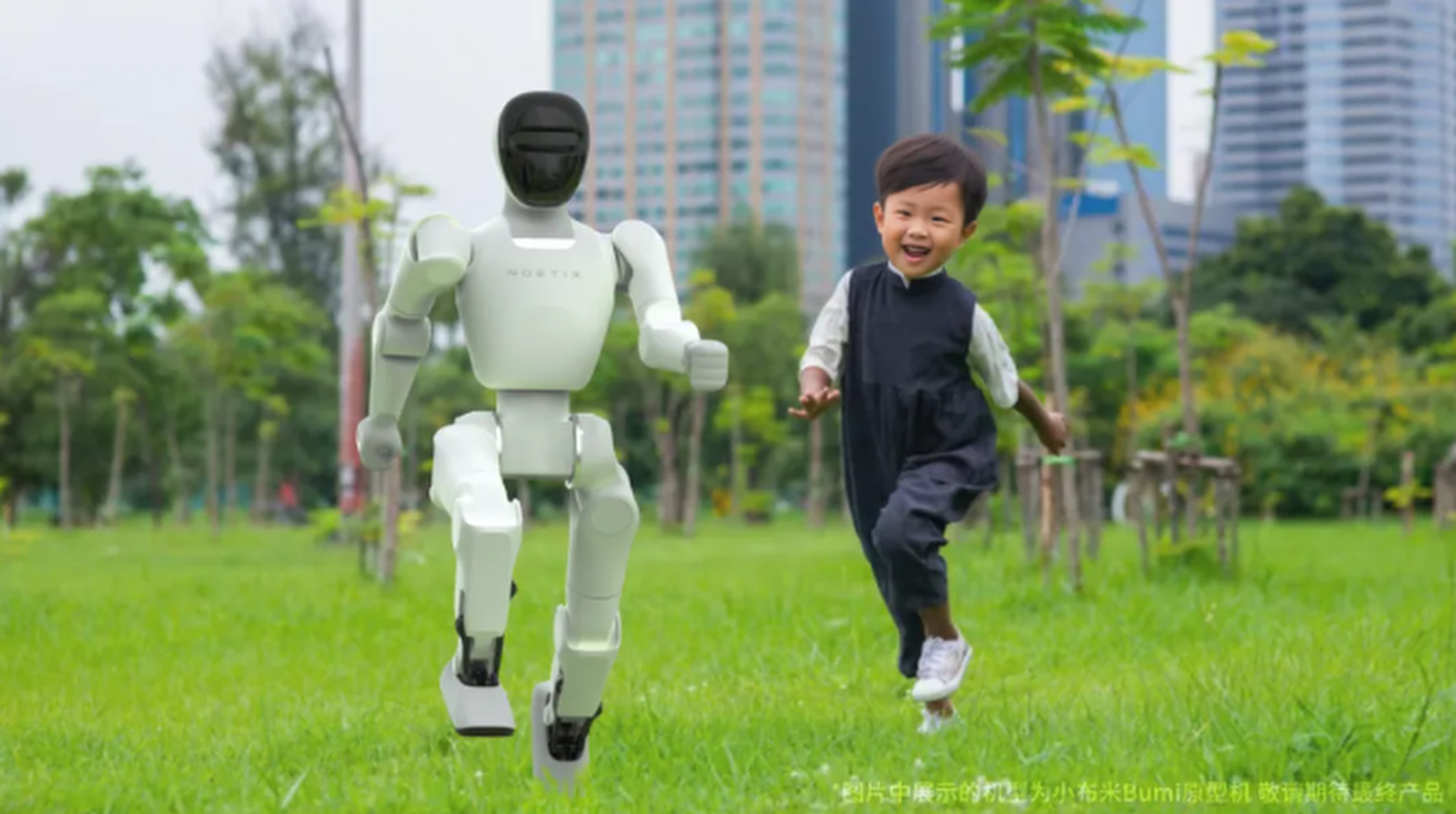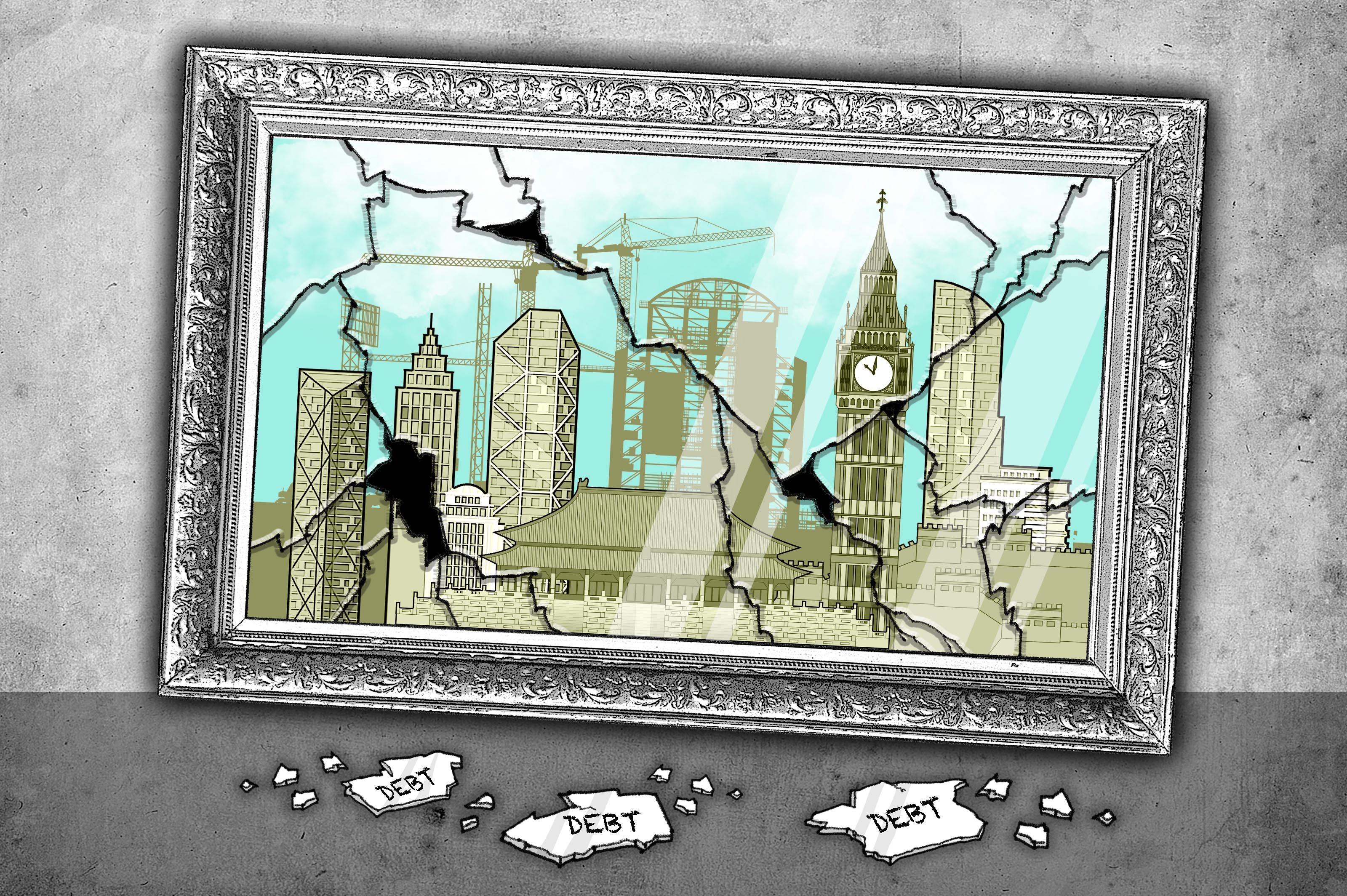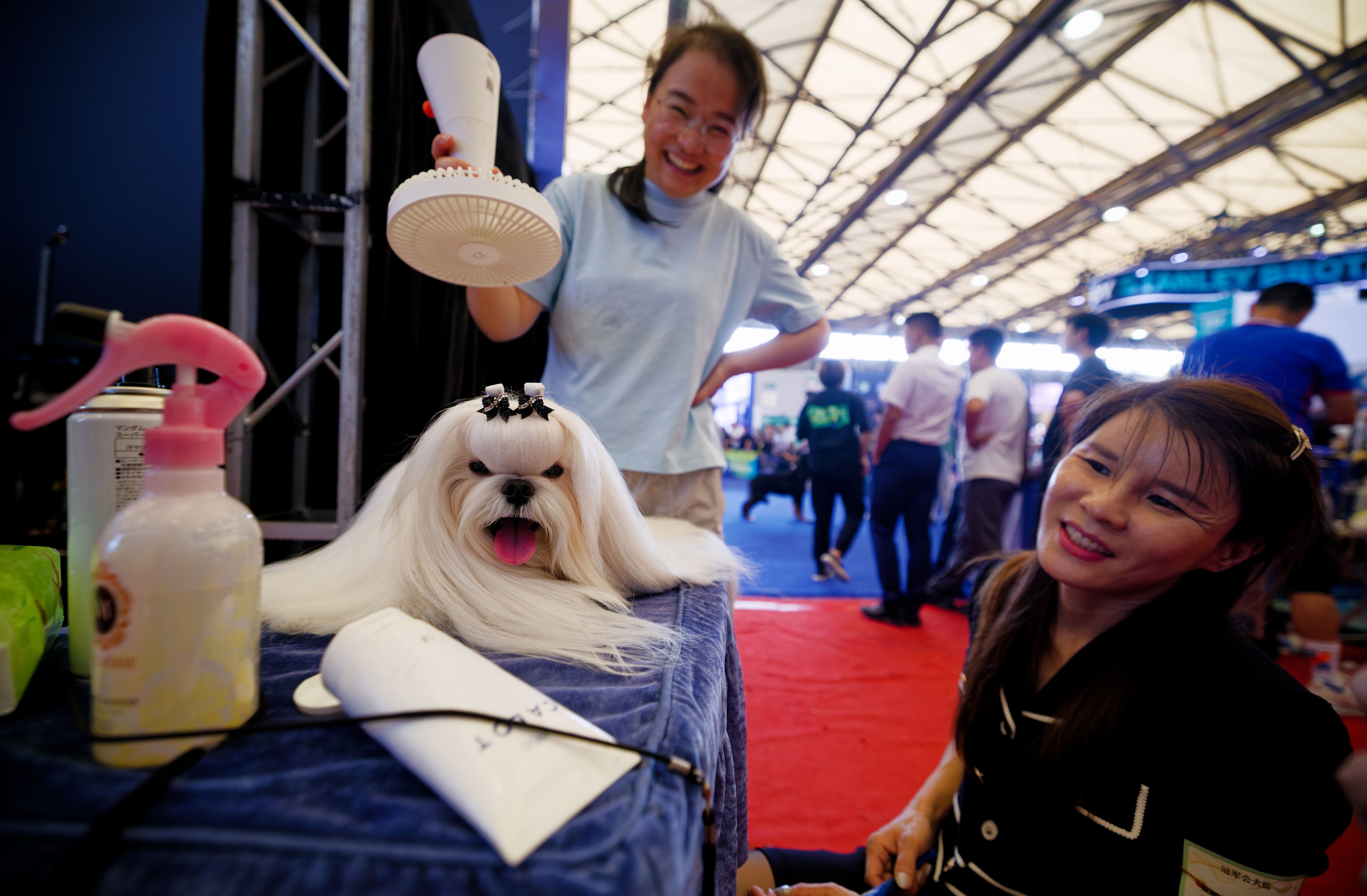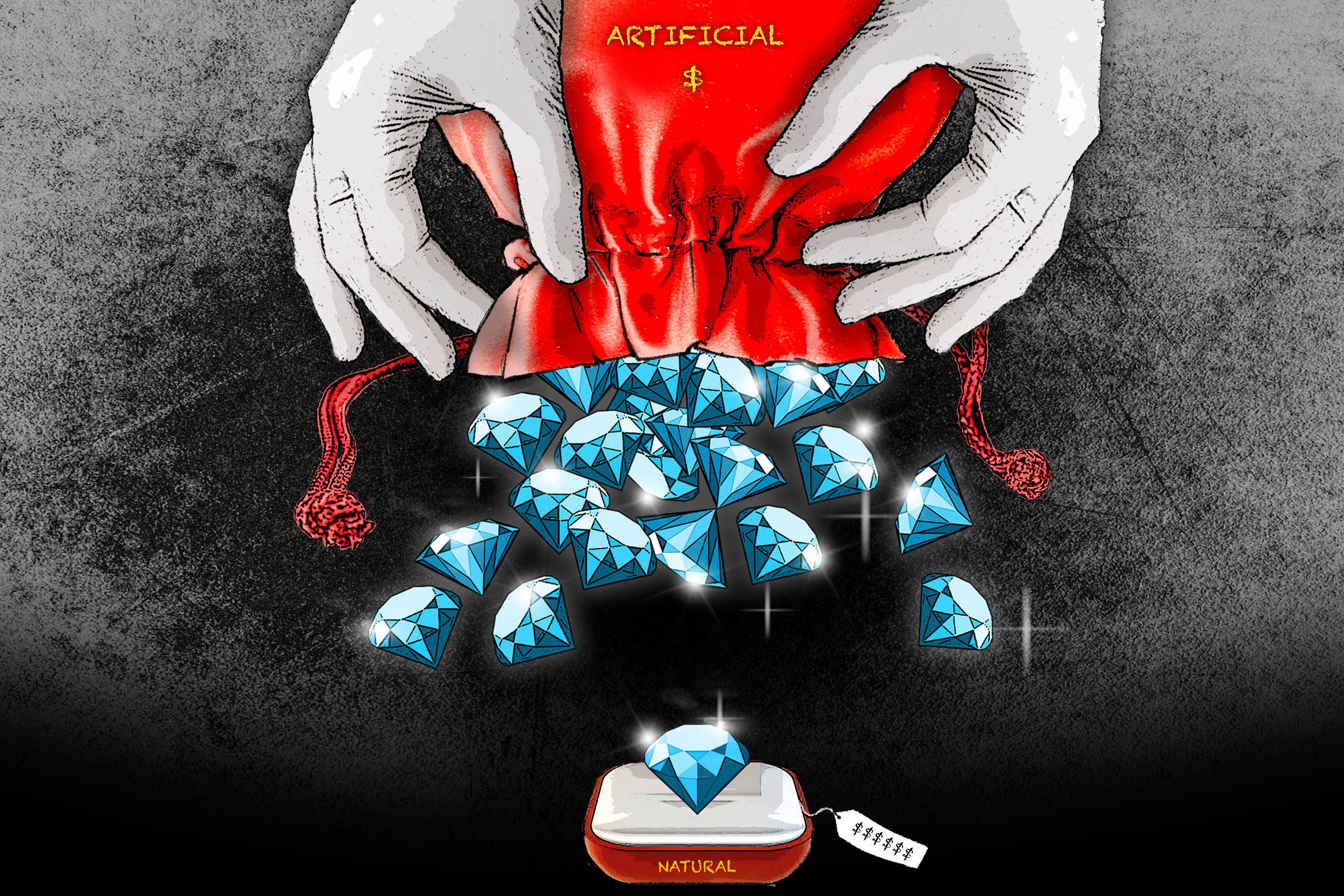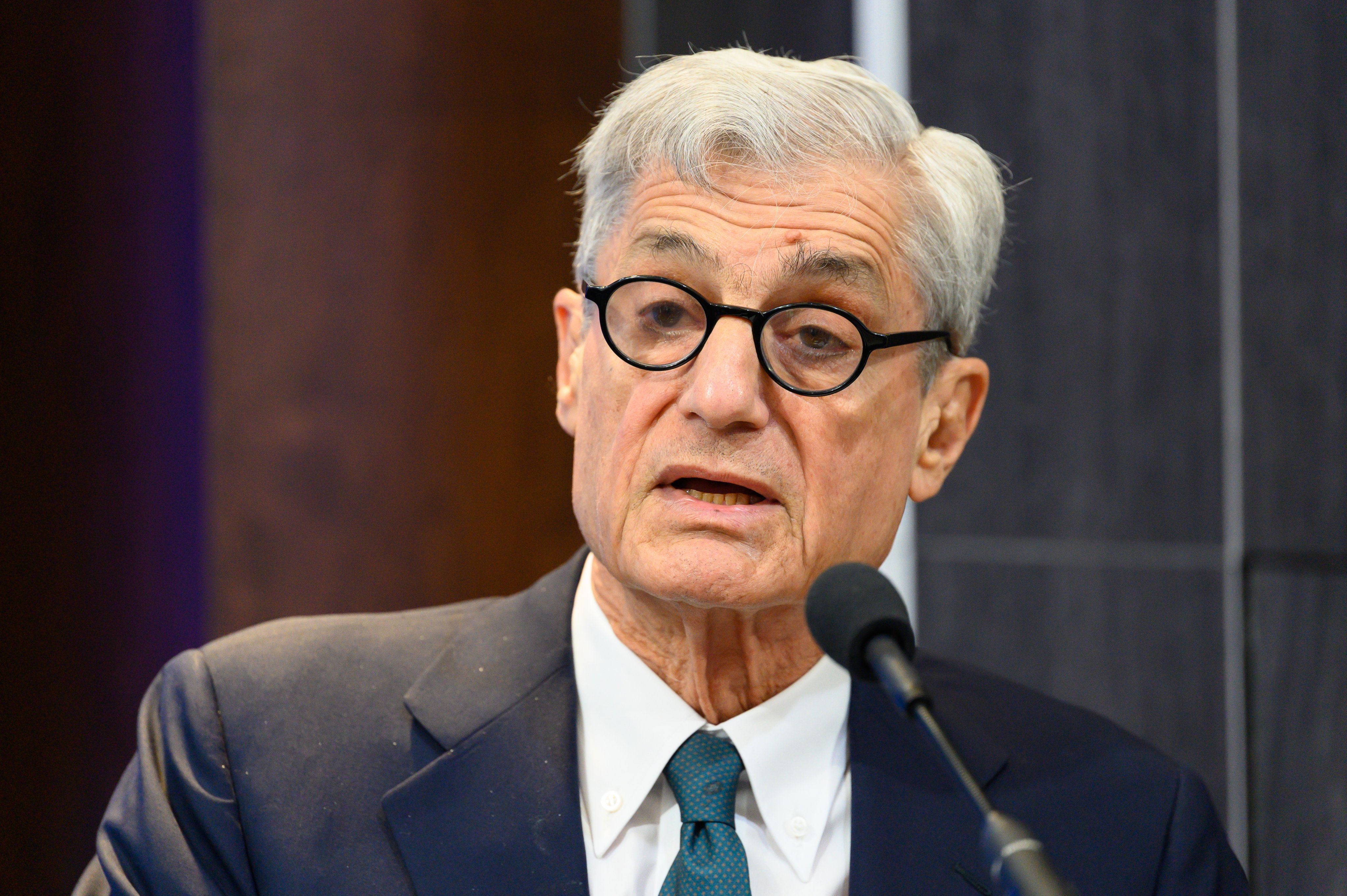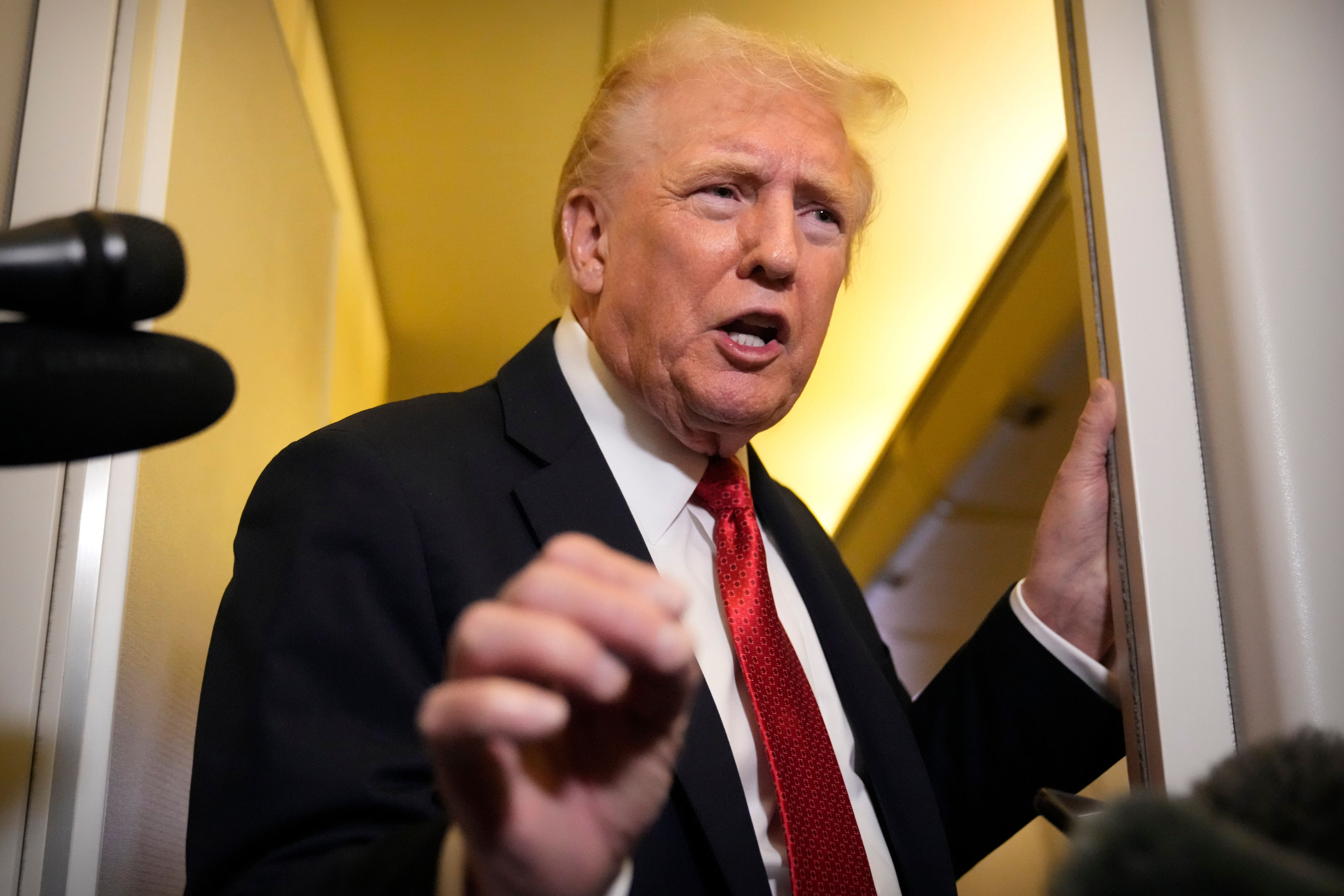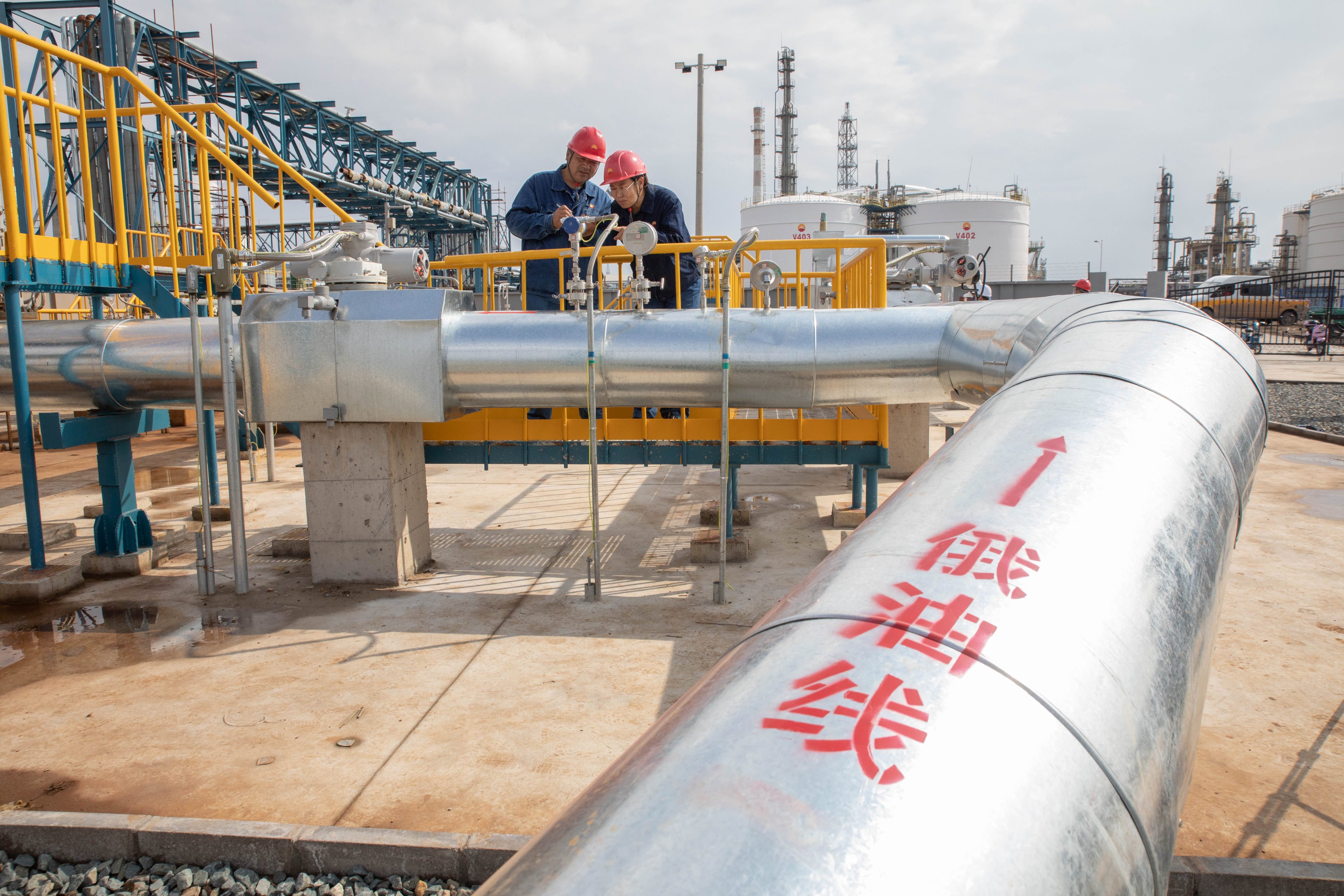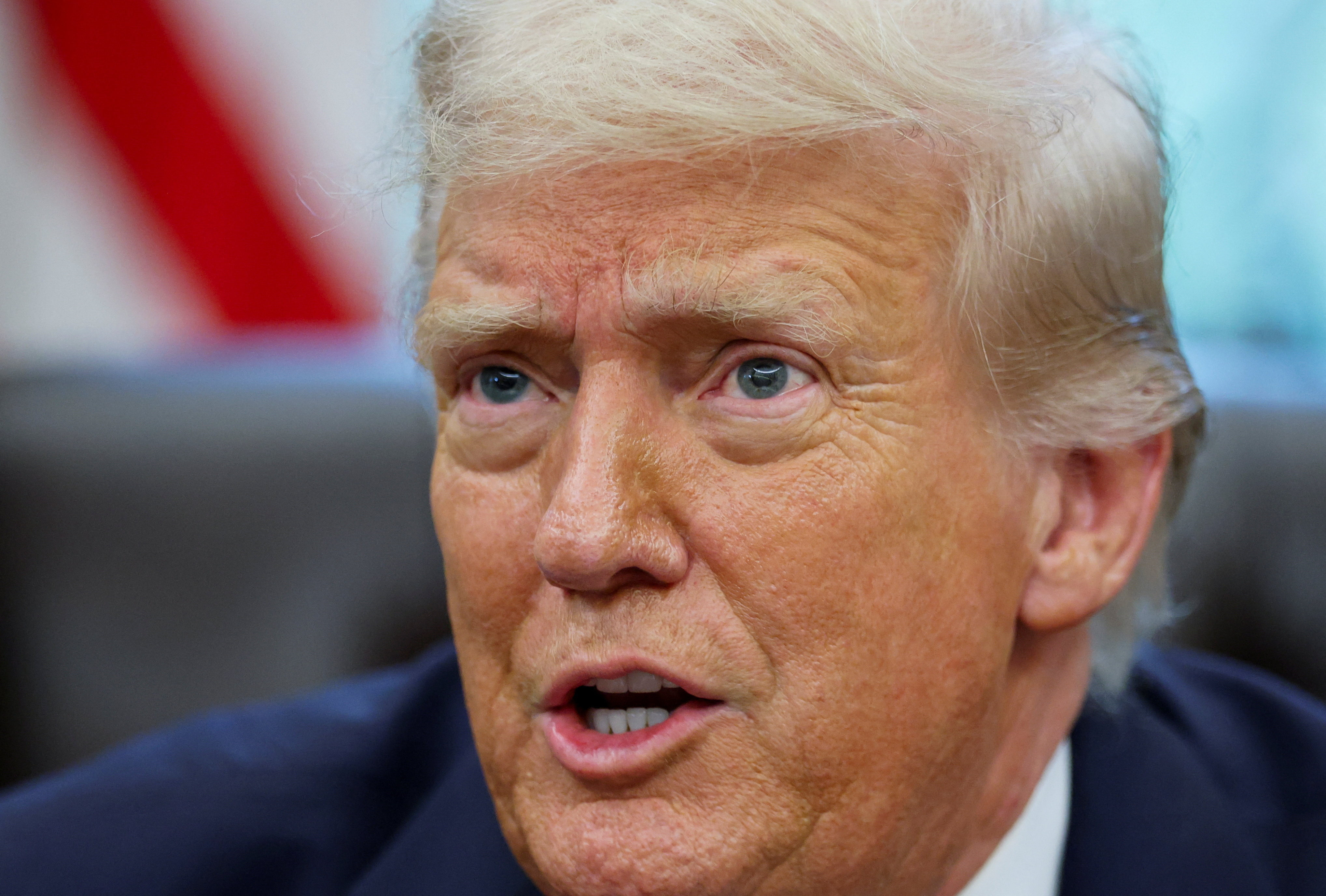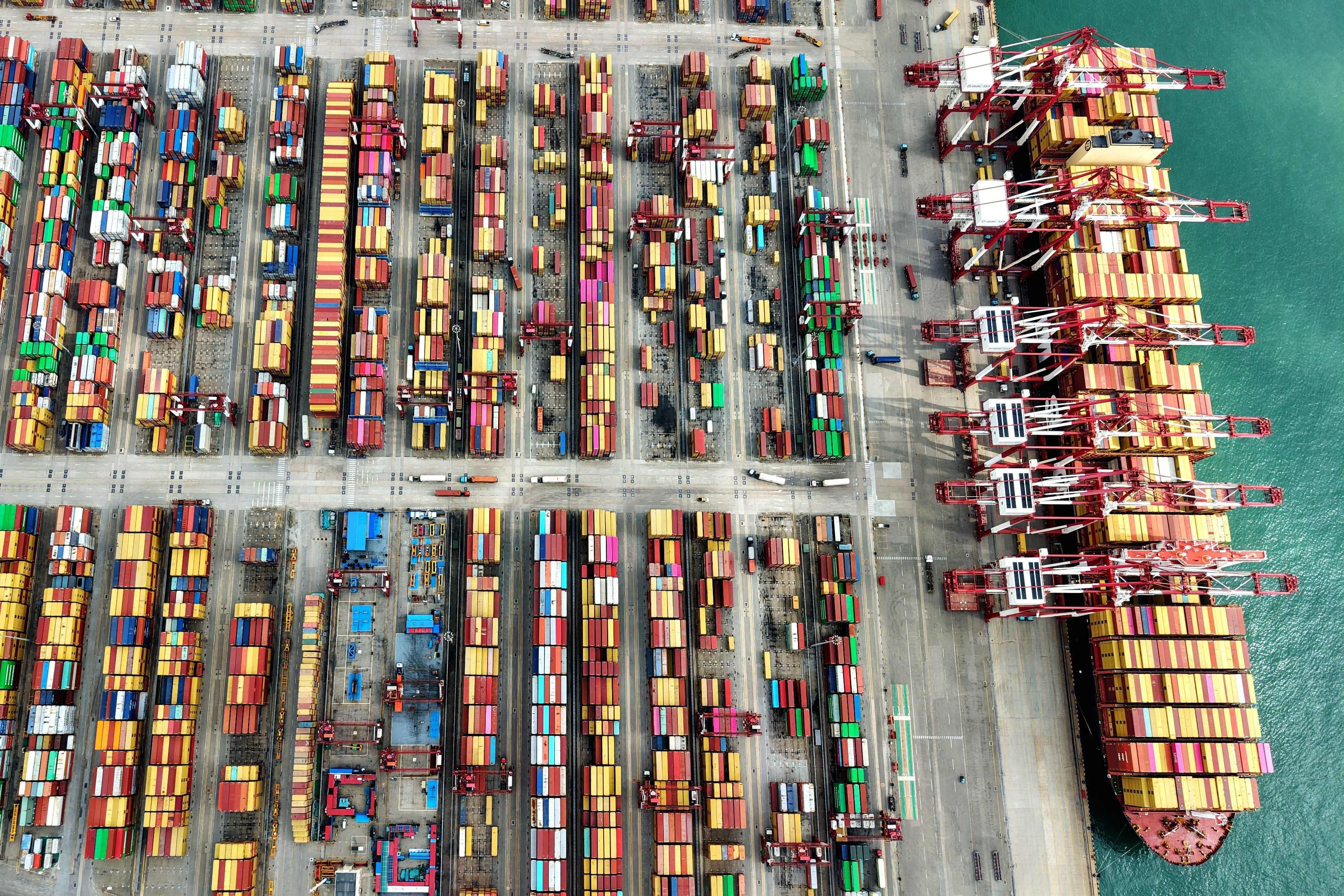The fund, which will put state-backed money behind early tech bets, could guide trillions of yuan in private capital to chosen sectors.
26 Dec 2025 - 10:00PM videocam
The catalogue, which lists the sectors carrying policy incentives for overseas investors, has hundreds of new entries, many in advanced manufacturing.
Proposed legislation seeks to lower child-rearing costs and standardise services, especially for children under three, to ease the burden on parents.
22 Dec 2025 - 4:30PM videocam
Fast-food giant increases menu items by 0.5 to 1 yuan, testing pricing power in a deflationary market where per-capita dining spending has been plunging.
18 Dec 2025 - 9:18AM videocam
Beijing asks financial institutions to help increase domestic demand by making it easier to access credit and shifting focus to services.
Local governments are subsidising a portion of expensive treatments, but experts warn that cash handouts will not fix the economic pressure of raising a family.
15 Dec 2025 - 8:30PM videocam
The facility features a ‘factory-to-launch’ pipeline, expected to make it faster and cheaper to build low Earth orbit constellations.
New ambassador arrives in Manila as South China Sea tensions flare and the Philippines draws closer to Washington on defence.
6 Dec 2025 - 7:18PM videocam
The closure of Beyond Meat’s China business, despite heavy financing and marketing, underscores challenges that scuppered many vegan meat firms.
6 Dec 2025 - 7:00PM videocam
Improved healthcare outcomes are colliding with China’s three-year population decline, testing social safety nets despite improvements in medical infrastructure.
3 Dec 2025 - 8:30PM videocam
Top investment banks forecast moderate growth next year amid trade, property and structural challenges.
Beijing seen balancing need to retaliate against Tokyo with risk of alienating foreign investors; experts expect cautious strategy.
26 Nov 2025 - 12:09AM videocam
Xpeng, Unitree and other Chinese robot makers are nearing mass production of humanoid units as problems including hands delay Elon Musk’s plans.
Stocks and bond market slump as investors fret over expansionary fiscal plans, fading US rate-cut bets, and a China-Japan diplomatic row.
US Treasury Secretary Bessent said an agreement would ‘hopefully’ be done by Thanksgiving, as Washington remains wary of mineral shortages.
17 Nov 2025 - 10:09PM videocam
The Chinese city aims to pioneer a new age of ‘smart dining’, where automated kitchens, robot servers and data-driven menus are the norm.
16 Nov 2025 - 2:00PM videocam
With unemployment high among China’s recent graduates, some are turning the country’s enormous trade fairs into networking opportunities.
13 Nov 2025 - 11:00AM videocam
Much of China has passed a key demographic threshold as the population ages, making adaptations necessary for policymakers and businesses.
11 Nov 2025 - 6:04AM videocam
Businesses told to plan for the long term, as supply chains and critical industries face mounting risks.
Incentives for Chinese couples to wed appear to be bearing fruit, a piece of positive news as the country’s population shrinks and ages.
US and China agree to ‘set up military-to-military channels to deconflict and de-escalate any problems that arise’, Hegseth says in post.
2 Nov 2025 - 9:15PM videocam
Budget-friendly models are raising hopes that humanoids have finally gone mainstream – but business model fragile, industry insiders say.
1 Nov 2025 - 4:09PM videocam
In the 2010s, Dushan splashed billions on high-rises and a fake Big Ben. Today, the buildings are mostly empty – but the debts remain.
Advanced manufacturing and ‘modern services’ led the way in job creation in third quarter, report says.
China has pioneered the production of flawless artificial diamonds. Some worry they are eroding demand for the real thing.
26 Oct 2025 - 6:34AM videocam
During Bund Summit in Shanghai, Robert Rubin flags long-term economic implications of Trump’s policies, including for the US dollar’s global standing.
27 Oct 2025 - 2:20PM videocam
President Trump’s mostly optimistic remarks seen signalling desire for a deal, but some analysts still question whether one will manifest in the near term.
21 Oct 2025 - 8:04PM videocam
Shipments from Indonesia and Brazil are also up, while purchases of US crude remain suspended, customs data shows.
Source at small robotics exporter says 100 per cent tariff warning has led to surge in purchases: ‘taken the pressure off’ annual sales target.
20 Oct 2025 - 8:39AM videocam
In its new World Economic Outlook, agency keeps China growth estimate at 4.8 per cent for 2025 even as uncertainty prevails in global trade.


